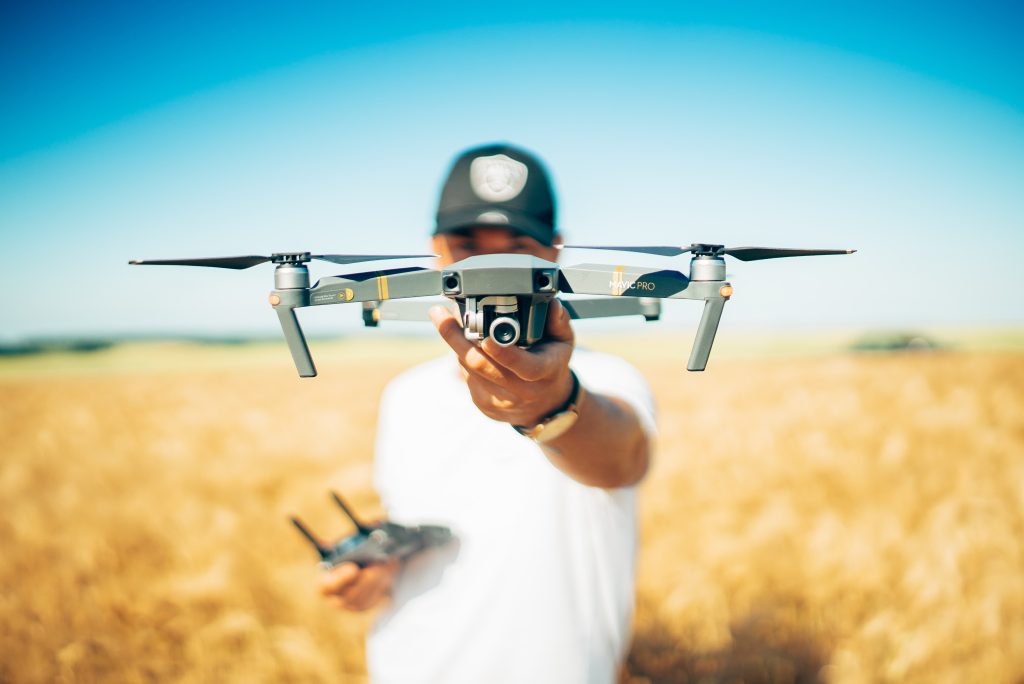
Top Ten Things to Look Out For When Doing Roof Inspections with a Drone

Drone technology has revolutionized the way we conduct roof inspections. With a drone, you can quickly and easily capture high-quality aerial footage of your roof, allowing you to identify any issues before they become major problems. However, not all drones are created equal, and there are several factors to consider when choosing the right drone for roof inspections. In this article, we’ll discuss the top ten things to look for when using a drone for roof inspections.
- Camera Quality – The first and most important thing to consider when choosing a drone for roof inspections is the camera quality. You want a drone that can capture high-quality images and videos, so you can clearly see any damage or issues on your roof. Look for drones with at least a 4K camera and a gimbal stabilization system to ensure smooth footage. You don’t necessarily need a military grade drone like Hurricane Roofer in the Orlando area has, but it should be high quality.
- Flight Time – The second factor to consider is the drone’s flight time. A longer flight time means you can cover more ground and inspect more of your roof without needing to recharge or switch batteries. Look for drones with a flight time of at least 20-25 minutes.
- Portability – When inspecting a roof, you need a drone that is portable and easy to transport. Look for a drone that is lightweight and can easily fit into a backpack or carrying case. This will make it easier to take the drone with you to different job sites.
- Obstacle Avoidance – Roof inspections can be tricky, with obstacles such as trees, power lines, and buildings in the way. Look for a drone with obstacle avoidance technology to prevent collisions and ensure safe flights.
- GPS Navigation – GPS navigation is another essential feature for roof inspections. It allows you to plot a flight path and ensure that the drone stays on course, even in windy conditions. Look for a drone with a built-in GPS system or one that is compatible with a GPS add-on.
- Range -The range of your drone is also an important factor to consider. You want a drone that can cover the entire roof without losing signal or connection. Look for a drone with a range of at least 1-2 miles.
- Wind Resistance – Roof inspections can be challenging in windy conditions, so you need a drone that can handle gusts and maintain stability. Look for a drone with a high wind resistance rating and a stable flight control system.
- Zoom Capabilities – Zoom capabilities are another essential feature for roof inspections. They allow you to get a closer look at any damage or issues on the roof without risking the safety of your drone. Look for a drone with at least a 2x optical zoom or a digital zoom function.
- User-Friendly Controls -You don’t want to waste time trying to figure out complicated controls when you’re on the job site. Look for a drone with user-friendly controls and intuitive navigation to make your job easier.
- Price – Finally, you’ll want to consider the price of the drone. Look for a drone that fits your budget without compromising on quality or features. Remember, the right drone can save you time and money in the long run by identifying issues before they become major problems.
In conclusion, using a drone for roof inspections can be a game-changer for your business, but it’s important to choose the right drone for the job. Consider these ten factors when selecting a drone for your roof inspections, and you’ll be well on your way to capturing high-quality footage and identifying issues before they become costly problems.